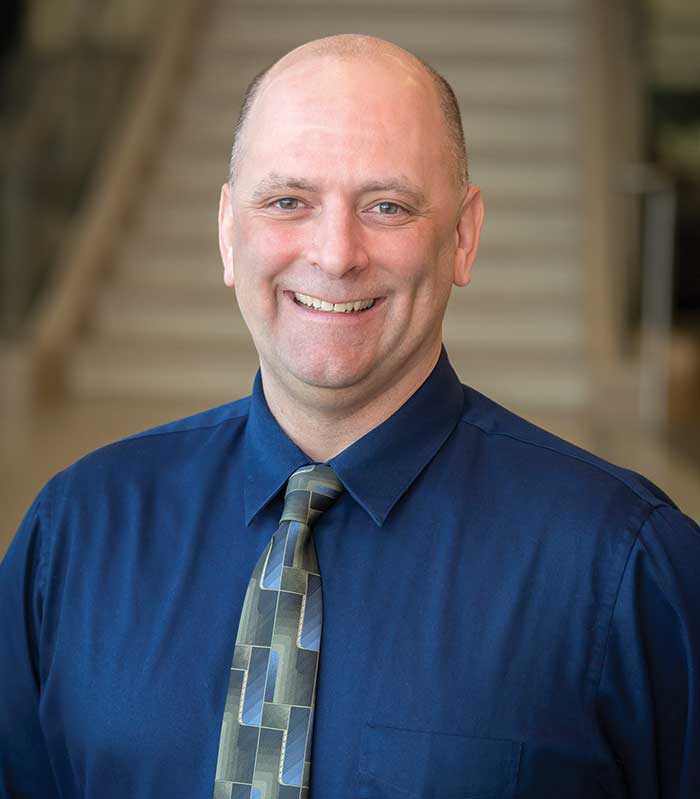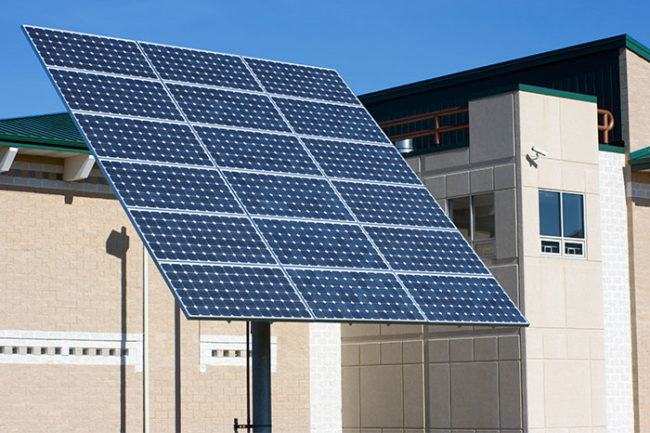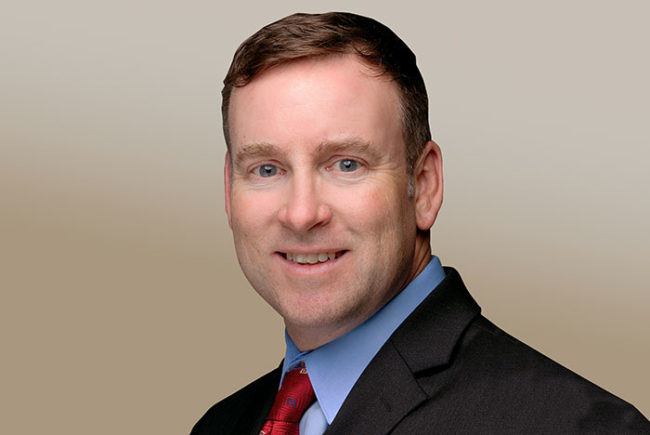As the head of La Crosse, Wis.-based Gundersen Health System’s Envision sustainability project and GL Envision LLC consulting business, Jeff Rich is a leader in sustainable operations from the hospitals’ perspective. This month, he talks about his background, the sustainability challenges facing health care organizations and the growth of Gundersen’s sustainability programs.
When did you join Gundersen?
I came to Gundersen in October 2006 to focus on driving internal efficiency and quality improvements through the use of Lean Six Sigma methods. I have a bachelor' of science degree in mechanical engineering. My work experience prior to Gundersen was in manufacturing process and quality improvement at John Deere and Trane. During that time I had various roles in engineering, engineering management and also became a certified Lean Six Sigma Master Black Belt. The process improvement tools have been very helpful on our journey of improving energy efficiency because they are really inefficiency-elimination tools, which fit perfectly when addressing energy improvement.
How did you get involved in Gundersen’s Envision program?
As part of our efficiency improvement work at Gundersen we had noticed that our energy bill had been rising substantially between 2006 and 2007. In February 2008, we decided to conduct an energy audit of our medical center campus and found tremendous cost improvement opportunities. As part of this effort, we connected the dots between energy improvement and the reduction of pollutants in our atmosphere and water, and their effect on human health. The work was strongly connected to our mission of improving health in the communities that we served in addition to reducing costs for patients. During 2008, we also explored the possibility of offsetting our fossil fuel energy consumption. By the end of the year, our senior leadership team and our board had approved a six-year goal to reach energy independence by producing more clean energy than we consume from fossil fuel sources.
Why did you form GL Envision LLC?
We formed GL Envision LLC in 2009 for income tax purposes associated with our renewable energy projects that produced power for the grid. Around that time we started to receive several inquiries from peers looking for help to start their own energy management programs. We developed several consulting services through our GL Envision LLC so we could help others replicate our success without having a negative cost impact on our patients. We offer free benchmarking services, an energy audit service, educational seminars, renewable energy development guidance and new facility energy design reviews.
What energy management issues are hospitals struggling with most?
One problem is that many organizations do not measure their facility energy performance, known as energy use intensity (EUI), on a regular basis. They also may not have quantified how much cost is associated with energy inefficiencies in poorly performing buildings. We’ve noticed a trend of new buildings performing worse for energy intensity than the older buildings on a campus. Many health care institutions do not set goals with architects, engineers and construction contractors associated with the energy performance of their new facilities. Very few people are thinking about the life cycle costs of a facility over the next 50 years and what the annual energy expense impact or the health impact will be. Once a building is constructed, it is more difficult to improve its performance. For existing facilities, we see a lot of low-hanging fruit — turning back or turning off systems that are not needed when spaces are unoccupied by staff or patients. This is probably the first and biggest opportunity in most existing facilities.
Are hospitals too quick to look toward high-profile energy projects like solar or wind generation?
Yes, we often hear from peers that they would like help with a solar project or wind project but when asked if they know what their EUI is on their existing buildings, they won’t know. Everyone wants to show they are doing something good for health and for the environment and are drawn to the renewable energy technologies because they are novel and visible to the general public. However, most health systems can save 20 to 30 percent through energy-efficiency improvements with paybacks in less than five years. We fully support renewable energy and have done a lot of this work, but the place to start is with energy efficiency. You will make the biggest impact and go further if you take the step of good stewardship first and get your house in order.
What advice can you give to facilities professionals seeking to make the business case for energy management to the C-suite?
First, start with energy efficiency. Don’t try to do everything at once. Find out from your financial team what the organization’s financial thresholds are for capital expense and return on investment. Look at the list of energy improvement project opportunities and focus only on those potential projects that are likely to meet financial thresholds and then work through the quotes and benefit calculations to put the business case together for that subset of projects. Success will help you to gain momentum during the next round of requests, so you need to track your energy performance as you go so you can validate the improvement. This will earn credibility with executives. Also, don’t forget that most executives will like the idea of cleaning up emissions for improving health. So, quantify how much energy will be saved and use an equivalency calculator to show the effect on the environment and on human health. Wherever possible, quantify tangible, non-energy savings that would come from an energy improvement project and possible compliance advantages for meeting codes, occupant comfort and maintenance.
How has Gundersen’s Envision program expanded since its founding?
As of the end of 2015, we have improved our fossil fuel energy efficiency by 53 percent. Our first day of energy independence was achieved on Oct. 14, 2014. We have really made tremendous progress in areas of sustainability that are non-energy related such as our comprehensive waste program. We have had a significant drop in pharmaceutical and hazardous wastes and have reduced our cafeteria serving line food waste by 88 percent. Our solid waste stream recycling rate has been more than 45 percent the last two years and we continue to improve that. We’re engaged in our communities via several sustainability organizations and are a founding member of a local, sustainable food co-op. Our purchasing processes are being modified to incorporate sustainable purchasing practices. Overall, our program is growing in its breadth and depth.
Into what areas do you see GL Envision LLC moving in the future?
We continue to try and make our sustainability program more robust and the LLC will support that effort. We continue to work to optimize our renewable energy-production operations and look for new opportunities to enhance our portfolio. We hope to engage more peer organizations in doing similar work and to educate others along the way. We’ve made mistakes along the way, but have learned from them to continue to improve and we've had great success with our program. We encourage others to join us in this effort. It is good for health, good for costs, good for the economy and good for the planet.






